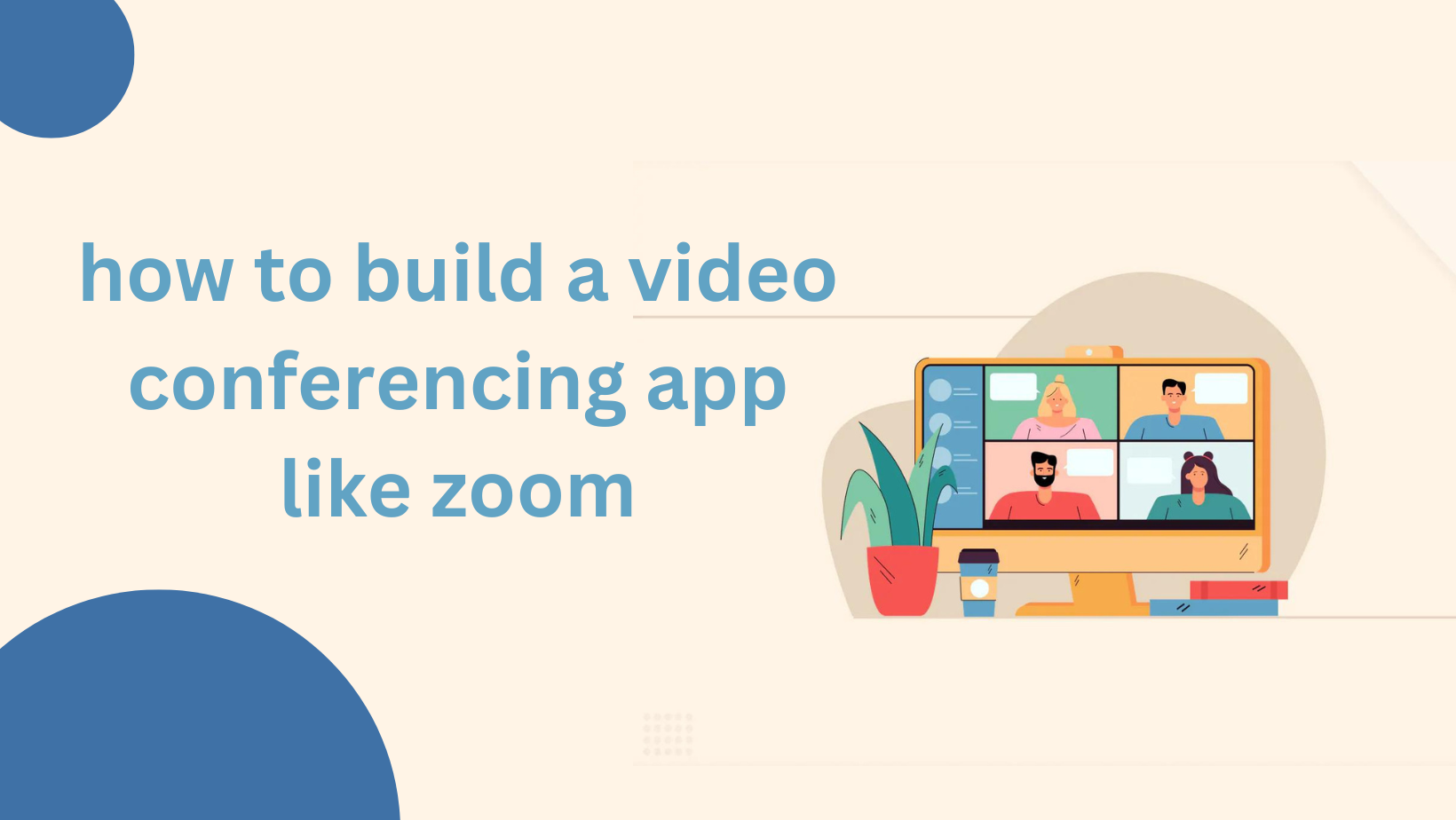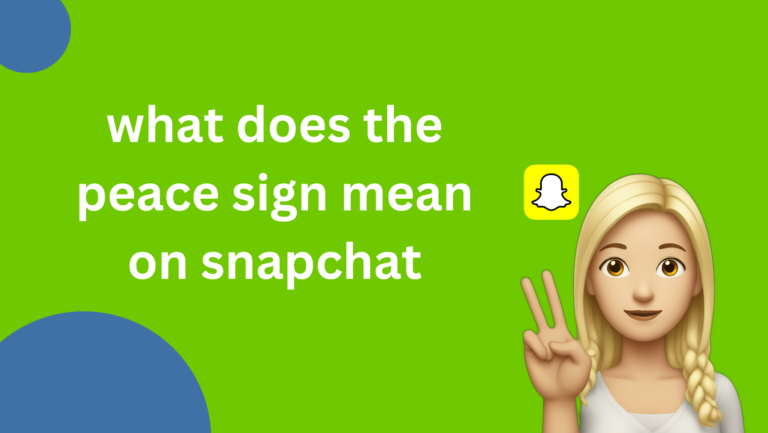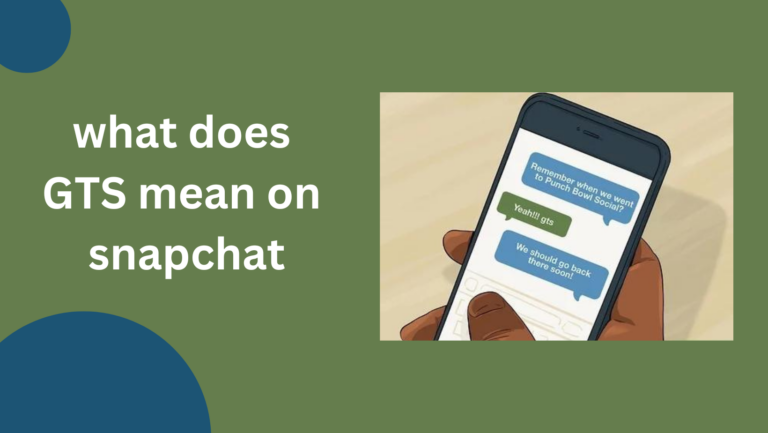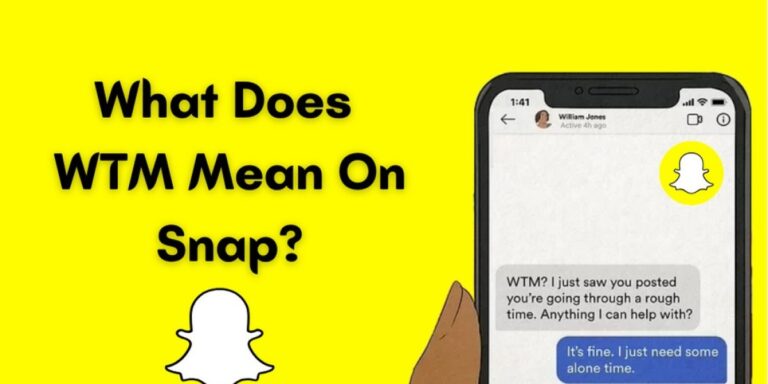How to Build a Video Conferencing App Like Zoom
1. Understanding the Basics of Video Conferencing Apps
Definition and Purpose: Build a Video Conferencing App Like Zoom Explain what a video conferencing app is and its primary functions.
Key Features of a Successful App: List and describe essential features (e.g., HD video/audio, screen sharing, chat, virtual backgrounds).
2. Market Research and Identifying Your Niche
- Analyzing Competitors: How to conduct a competitive analysis of existing apps like Zoom, Microsoft Teams, Google Meet, etc.
- Identifying User Needs: Discuss the importance of understanding user needs and preferences through surveys and feedback.
- Finding Your Unique Selling Proposition (USP): How to differentiate your app from competitors.
3. Technical Requirements and Development
- Choosing the Right Technology Stack: Discuss the backend and frontend technologies suitable for a video conferencing app.
- Development Stages:
- Prototyping and MVP (Minimum Viable Product): Steps to create a prototype and build an MVP to test the market.
- Scalable Infrastructure: Importance of cloud services and servers to handle large-scale video streaming.
- Security and Privacy Considerations: Emphasize the importance of encryption, data protection, and privacy compliance (e.g., GDPR, CCPA).
4. Essential Features to Include
- High-Quality Video and Audio: Explain how to achieve superior video/audio quality.
- Screen Sharing and Recording: Features that enhance user experience and productivity.
- In-App Chat and Messaging: Importance of integrating a robust chat system.
- User Authentication and Management: How to implement secure login systems and manage users.
- Customizable User Interface (UI): Benefits of a user-friendly and customizable interface.
5. Monetization Strategies for Your App
- Freemium Model: Offering basic features for free while charging for advanced features.
- Subscription Plans: Monthly or yearly subscription plans for different user levels.
- Ad-Based Revenue: Consideration for ad placements within the app.
6. Testing and Launching Your App
- Beta Testing: How to conduct beta testing to gather user feedback and improve the app.
- Performance Optimization: Tips for optimizing the app for various devices and network conditions.
- App Store Optimization (ASO): Strategies for optimizing your app for app stores.
7. Post-Launch Strategies
- Marketing and Promotion: Effective marketing strategies to attract users.
- Continuous Improvement: Importance of regular updates and new feature releases based on user feedback.
- User Support and Community Building: How to build a strong user community and provide excellent customer support.
Conclusion
Recap: Summarize the main points discussed in the article.
Encouragement to Innovate: Encourage readers to innovate and create unique features for their app.
Call to Action: Suggest next steps for readers interested in developing their own video conferencing app.
FAQs
Common questions related to building a video conferencing app.
Short, concise answers optimized for featured snippets.
Content Creation
1. Introduction
The surge in remote work and online education has made video conferencing apps indispensable tools in the digital age. Zoom has emerged as a leader, providing seamless communication across the globe. If you’re thinking about How to Build a Video Conferencing App Like Zoom, you’re in the right place. This article will guide you through the process, from understanding the basics to launching a successful product.
Video conferencing apps are now a crucial part of our daily lives. They enable face-to-face communication from anywhere, fostering collaboration and connection in ways we never thought possible. Let’s explore how you can create an app that stands out in this competitive market.
2. Understanding the Basics of Video Conferencing Apps
A video conferencing app allows users to conduct live video meetings over the internet. These apps have become essential for businesses, educators, and individuals alike, providing a platform for virtual communication that mimics face-to-face interactions.
To build a successful video conferencing app, it’s important to understand the key features that users expect:
- HD Video and Audio Quality: Ensures clear communication.
- Screen Sharing and Recording: Facilitates presentations and saves important meetings.
- In-App Chat and Messaging: Allows for text communication alongside video.
- Virtual Backgrounds: Offers privacy and personalization.
3. Market Research and Identifying Your Niche
Before you start building your app, conduct thorough market research to understand the landscape. Analyze competitors like Zoom, Microsoft Teams, and Google Meet to see what they offer and where they fall short. User needs should be at the forefront of your research. Surveys, interviews, and feedback can provide valuable insights into what features are most desired.
Finding your Unique Selling Proposition (USP) is crucial. What can your app offer that others don’t? Maybe it’s a unique feature, better security, or a more user-friendly interface. Identifying this will help you carve out your niche in the market.
4. Technical Requirements and Development
Building a robust video conferencing app requires choosing the right technology stack. For the backend, consider using scalable cloud services like AWS or Azure, combined with WebRTC for real-time communication. For the frontend, frameworks like React or Angular are popular choices due to their performance and flexibility.
The development process can be broken down into several stages:
- Prototyping and MVP: Start with a prototype to visualize the app’s design and functionality. An MVP (Minimum Viable Product) can help you test the market with basic features before committing to full development.
- Scalable Infrastructure: Video conferencing requires a lot of bandwidth. Ensure your app can handle high traffic with cloud-based solutions and scalable servers.
- Security and Privacy: In the age of data breaches, security is non-negotiable. Implement end-to-end encryption and comply with data protection regulations like GDPR and CCPA to build trust with your users.
5. Essential Features to Include
To compete with established players like Zoom, your app needs to offer a seamless experience with all the essential features:
- High-Quality Video and Audio: Use codecs like H.264 for video and Opus for audio to ensure the best quality.
- Screen Sharing and Recording: These are must-have features for business meetings and webinars.
- In-App Chat and Messaging: Integrate a chat feature that supports text, emojis, and file sharing.
- User Authentication and Management: Implement secure authentication methods like OAuth or SSO (Single Sign-On) to protect user data.
- Customizable User Interface: A customizable UI allows users to personalize their experience, which can be a big selling point.
6. Monetization Strategies for Your App
Monetizing your app effectively can determine its long-term success. Here are some strategies:
- Freemium Model: Offer a basic version of the app for free, with premium features available for a fee.
- Subscription Plans: Monthly or yearly subscription plans are a common way to generate steady revenue.
- Ad-Based Revenue: While less common in professional apps, ads can be a viable option for consumer-focused apps.
7. Testing and Launching Your App
Before launching your app, conduct beta testing with a select group of users to gather feedback and make necessary adjustments. Focus on performance optimization to ensure the app runs smoothly on various devices and network conditions.
App Store Optimization (ASO) is also crucial for a successful launch. Use relevant keywords in your app’s title and description, and encourage users to leave positive reviews.
8. Post-Launch Strategies
The work doesn’t stop after launch. Marketing and promotion are key to attracting users. Utilize social media, email marketing, and partnerships to spread the word about your app.
Continuous improvement is essential to keep users engaged. Regularly update your app with new features and improvements based on user feedback. Building a strong user community through forums, social media, or in-app features can also enhance user retention and satisfaction.
9. Conclusion
How to Build a Video Conferencing App Like Zoom is a challenging but rewarding endeavor. By understanding the market, choosing the right technology, and continuously improving your product, you can create an app that stands out. Remember, innovation is key—always look for ways to enhance the user experience and differentiate your app from competitors.
If you’re ready to start building your app, take the first step today. With the right approach and a clear vision, your app could be the next big thing in video conferencing.
10. FAQs
- What is the best technology stack for building a video conferencing app? The best stack includes scalable cloud services (like AWS), WebRTC for real-time communication, and frontend frameworks like React or Angular.





